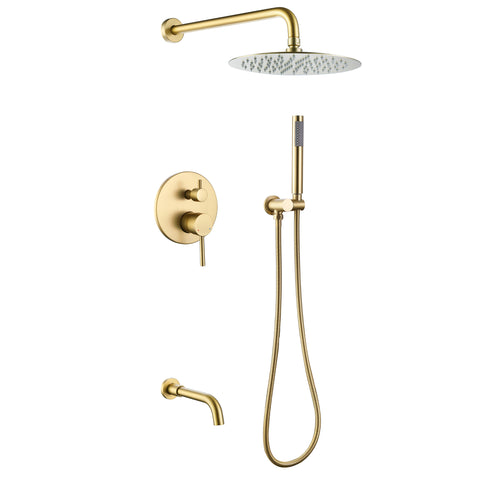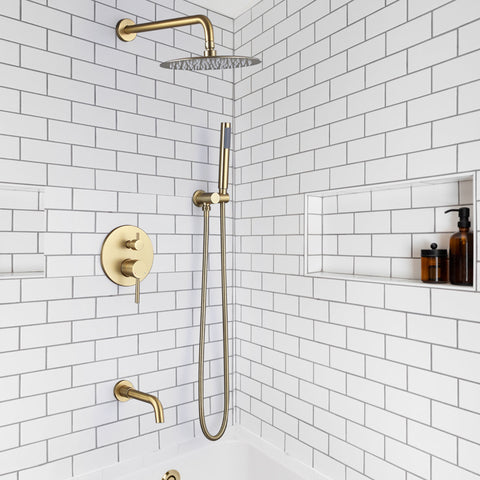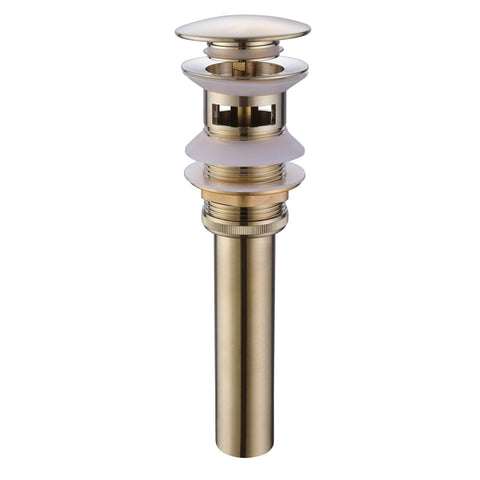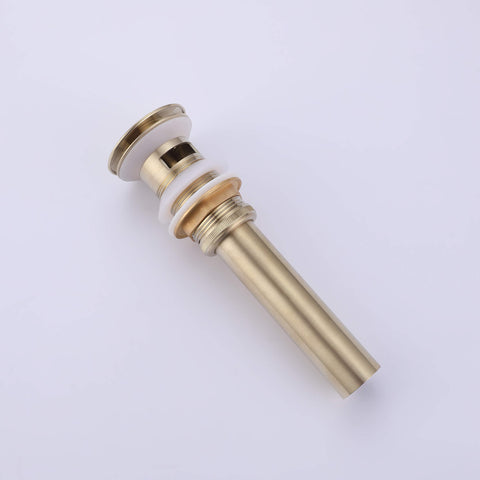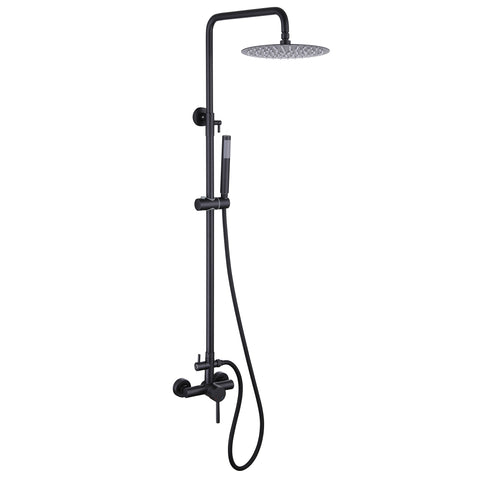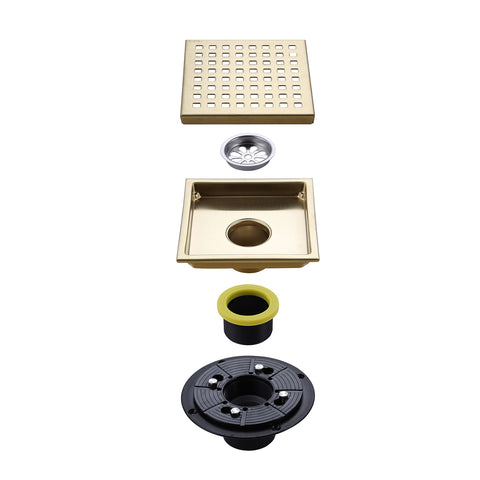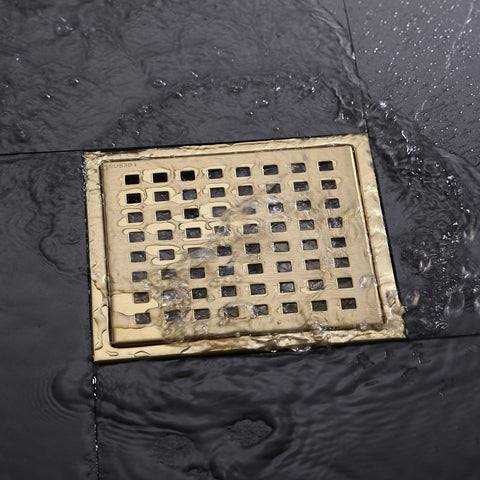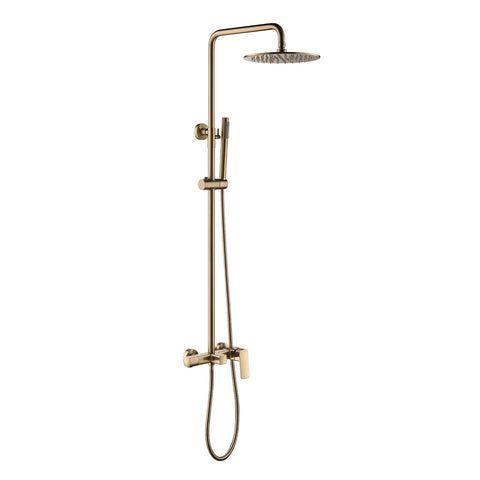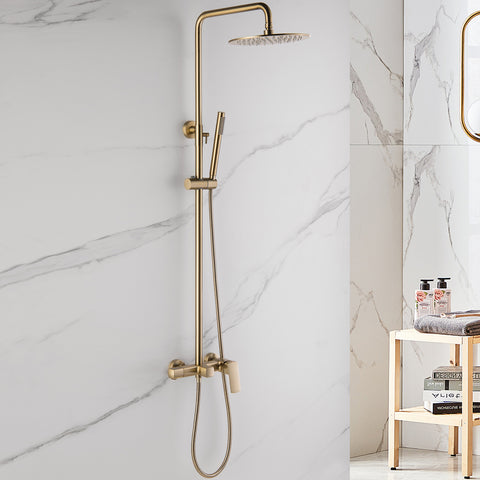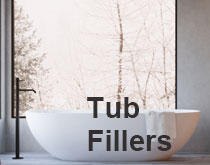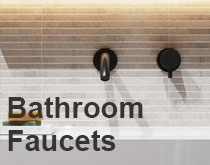Stop the Drip: How to Fix Your Bathtub Faucet and Save Water
 Is your bathtub faucet constantly dripping, wasting water, and causing frustration? It's time to take action and fix the problem once and for all. In this article, we'll show you how to stop the drip and save precious water in the process.
Is your bathtub faucet constantly dripping, wasting water, and causing frustration? It's time to take action and fix the problem once and for all. In this article, we'll show you how to stop the drip and save precious water in the process.
A leaking faucet may seem like a minor issue, but it can waste gallons of water every day, leading to higher water bills and unnecessary strain on the environment. By learning how to fix your bathtub faucet, you'll not only put an end to the annoying dripping sound but also contribute to water conservation efforts.
We understand that not everyone is a plumbing expert, but don't worry – we've got you covered. In this step-by-step guide, we'll walk you through the process of diagnosing and fixing common bathtub faucet issues. From identifying the type of faucet to replacing worn-out parts, you'll gain the knowledge and confidence to tackle the problem head-on.
So, say goodbye to the drip and hello to water savings. Let's get started on fixing your bathtub faucet today.

Common Causes of a Dripping Bathtub Faucet
A dripping bathtub faucet is a common plumbing issue faced by many homeowners. Understanding the possible causes can help you diagnose and fix the problem more effectively. There are several reasons why your faucet might be dripping:
- Worn-out washers: Over time, the rubber washers inside your faucet can degrade and become worn, causing leaks. These washers are responsible for creating a watertight seal when the faucet is closed.
- Faulty O-rings: O-rings are another component that can wear out and cause leaks. These small rubber rings are located around the faucet stem and help create a seal, preventing water from seeping out.
- Corroded valve seat: The valve seat is the connection point between the faucet and the spout. If it becomes corroded, it can cause leaks. Corrosion is often the result of mineral deposits from hard water.
- Loose parts: Over time, the various components of your faucet can become loose, leading to leaks. It's important to regularly check and tighten any loose parts to prevent dripping.
Understanding these common causes will help you determine the best course of action to fix your dripping bathtub faucet.
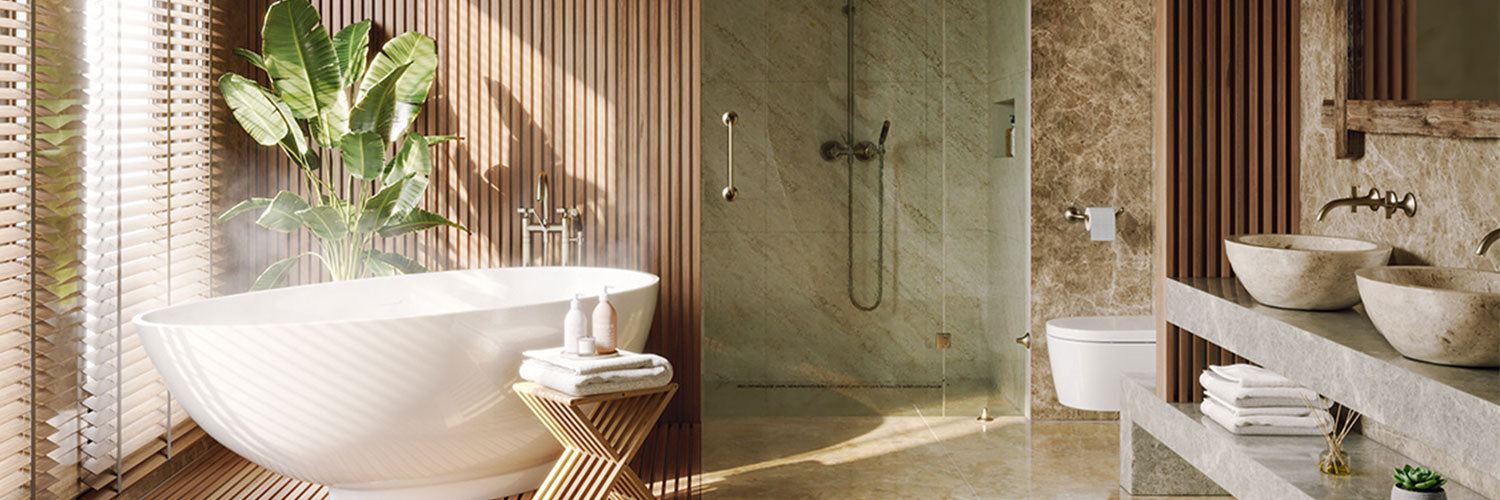
The Importance of Fixing a Dripping Faucet
A leaking faucet may seem like a minor issue, but it can waste gallons of water every day, leading to higher water bills and unnecessary strain on the environment. Ignoring a dripping faucet can have far-reaching consequences. Here's why fixing it is crucial:
- Water conservation: Every drop counts, especially in areas experiencing water scarcity. By fixing your dripping bathtub faucet, you'll contribute to water conservation efforts and help preserve this precious resource for future generations.
- Cost savings: A dripping faucet can significantly increase your water bill. Over time, the wasted water can add up, resulting in hundreds of dollars in additional expenses. Fixing the leak will save you money in the long run.
- Prevention of further damage: A small leak can turn into a bigger problem if left unaddressed. Water can cause damage to your fixtures, cabinets, and even the structure of your home. By fixing the leak promptly, you can prevent costly repairs down the line.
By taking the time to fix your dripping bathtub faucet, you'll not only put an end to the annoying dripping sound but also contribute to water conservation efforts and save money.

Tools and Materials Needed for Fixing a Bathtub Faucet
Before you start fixing your dripping bathtub faucet, it's essential to gather the necessary tools and materials. Having everything on hand will make the process smoother and more efficient. Here's what you'll need:
- Adjustable wrench: This tool will help you loosen and tighten various components of the faucet.
- Screwdrivers: Depending on the type of faucet, you may need both a flathead and a Phillips screwdriver. These will be used to remove screws and access different parts.
- Replacement parts: Depending on the issue with your faucet, you may need to replace certain components such as washers, O-rings, or the valve seat. Make sure to purchase the correct parts for your specific faucet model.
- Plumber's tape: Also known as Teflon tape, plumber's tape is used to create a watertight seal when reconnecting parts. It helps prevent leaks by filling in any gaps.
- Cleaning supplies: Before reassembling the faucet, it's a good idea to clean any mineral deposits or debris that may have accumulated. Use a soft brush, vinegar, or a commercial cleaner to ensure the parts are clean and functioning properly.
By having these tools and materials ready, you'll be well-prepared to tackle the task of fixing your dripping bathtub faucet.
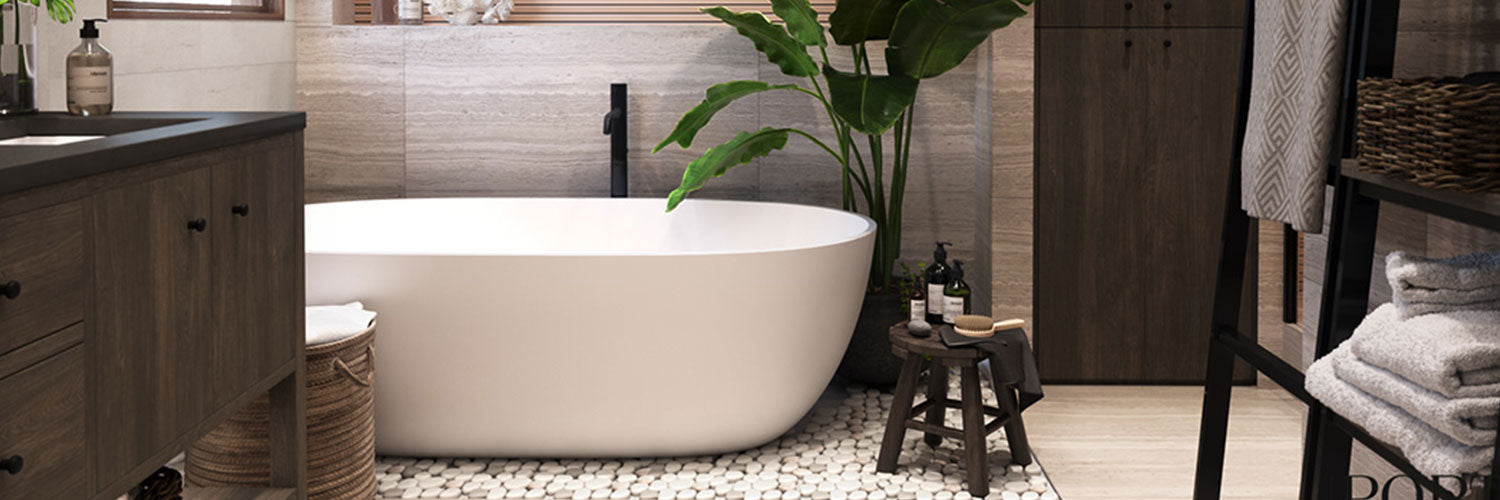
Step-by-Step Guide to Fixing a Dripping Bathtub Faucet
Now that you have the necessary tools and materials, it's time to dive into the process of fixing your dripping bathtub faucet. Follow these step-by-step instructions to resolve the issue:
- Step 1: Turn off the water supply. Before you begin any work on your faucet, make sure to turn off the water supply. Look for shut-off valves located near the faucet or use the main water shut-off valve for your home.
- Step 2: Remove the faucet handle. Use a screwdriver to remove the handle, exposing the faucet stem. Depending on the type of faucet, you may need to remove a decorative cap or cover before accessing the screw.
- Step 3: Inspect the components. Once the handle is removed, closely examine the various components of the faucet. Look for any signs of wear, corrosion, or damage. This will help you identify the cause of the leak and determine which parts need to be replaced.
- Step 4: Replace worn-out parts. If you've identified worn-out washers, O-rings, or a corroded valve seat, it's time to replace them. Follow the manufacturer's instructions for removing and installing new components. Be sure to use the plumber's tape to create a watertight seal when reconnecting parts.
- Step 5: Reassemble the faucet. Once you've replaced the necessary parts, carefully reassemble the faucet. Make sure everything is tightened securely but avoid overtightening, as it can cause damage.
- Step 6: Turn on the water supply. Before testing your newly fixed faucet, turn the water supply back on. Slowly open the faucet, checking for any leaks. If everything looks good, you've successfully fixed your dripping bathtub faucet.
By following these step-by-step instructions, you'll be able to fix your dripping bathtub faucet and enjoy the benefits of a leak-free fixture.
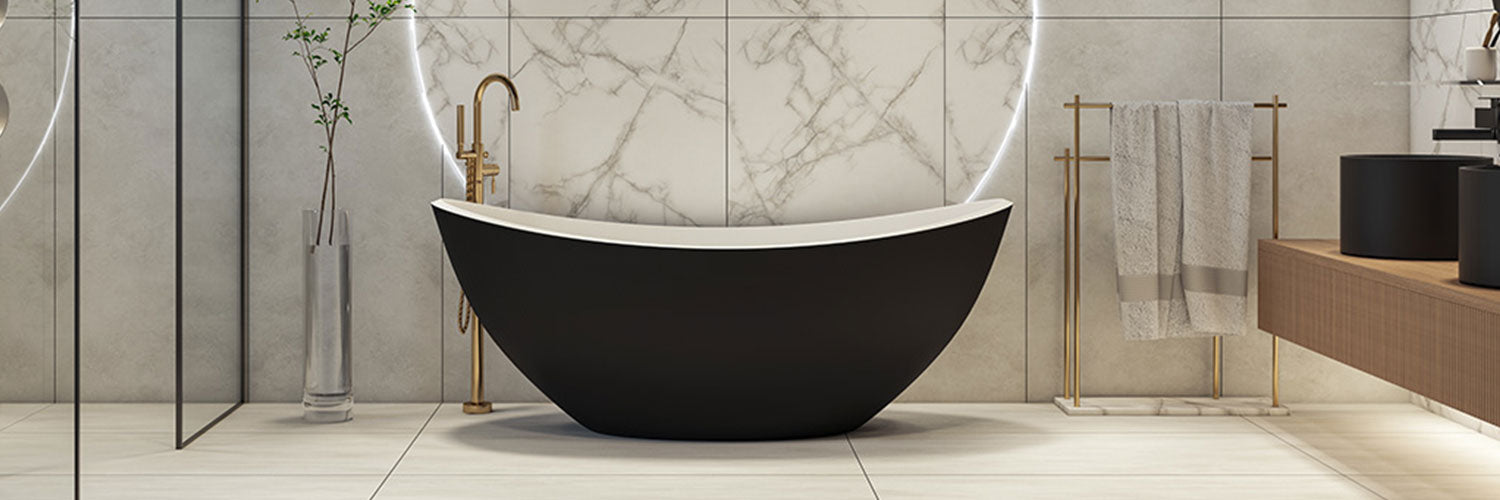
Troubleshooting Tips for Stubborn Leaks
In some cases, fixing a dripping bathtub faucet may not be as straightforward as replacing a few parts. Stubborn leaks may require additional troubleshooting. Here are some tips to help you tackle persistent leaks:
- Clean the faucet aerator: Mineral deposits can accumulate in the aerator, causing blockages and leaks. Remove the aerator and clean it thoroughly, ensuring there are no obstructions.
- Check the cartridge or valve assembly: If your faucet has a cartridge or valve assembly, it may need to be replaced. Follow the manufacturer's instructions for removing and installing these components.
- Inspect the water supply lines: Leaks can also occur in the water supply lines leading to your faucet. Check for any visible damage or loose connections. Tighten any loose fittings or replace damaged lines as needed.
- Seek professional help: If you've tried troubleshooting the issue on your own and the leak persists, it may be time to call a professional plumber. They have the expertise and specialized tools to diagnose and fix complex faucet problems.
By applying these troubleshooting tips, you'll increase your chances of resolving stubborn leaks and achieving a fully functional bathtub faucet.

Benefits of Fixing a Dripping Faucet for Water Conservation
Fixing a dripping faucet isn't just about stopping the annoying sound or saving money – it also has significant benefits for water conservation. Here's why it matters:
- Reduced water waste: Each drop that escapes through a dripping faucet adds up over time. By fixing the leak, you'll prevent gallons of water from going to waste, helping to conserve this valuable resource.
- Environmental impact: Water scarcity is a growing concern worldwide. By fixing your dripping faucet, you're making a positive impact on the environment by reducing unnecessary water usage.
- Personal contribution: Water conservation is a collective effort, and every action counts. By taking the initiative to fix your dripping faucet, you're playing your part in preserving water for future generations.
By understanding the environmental benefits of fixing a dripping faucet, you'll be motivated to take action and make a difference.

How Fixing a Dripping Faucet Can Save You Money
In addition to water conservation, fixing a dripping faucet can also lead to significant cost savings. Here's how:
- Lower water bills: A dripping faucet can waste a surprising amount of water. By fixing the leak, you'll see a noticeable decrease in your water bills, saving you money every month.
- Prevent additional damage: Ignoring a dripping faucet can result in further damage to your plumbing system and fixtures. This could lead to costly repairs or even the need to replace the entire faucet. By fixing the leak promptly, you'll avoid these additional expenses.
- Long-term savings: The cost of fixing a dripping faucet is minimal compared to the potential savings over time. By investing a little time and effort now, you'll enjoy long-term financial benefits.
By considering the financial advantages of fixing a dripping faucet, you'll be motivated to address the issue promptly and reap the rewards.
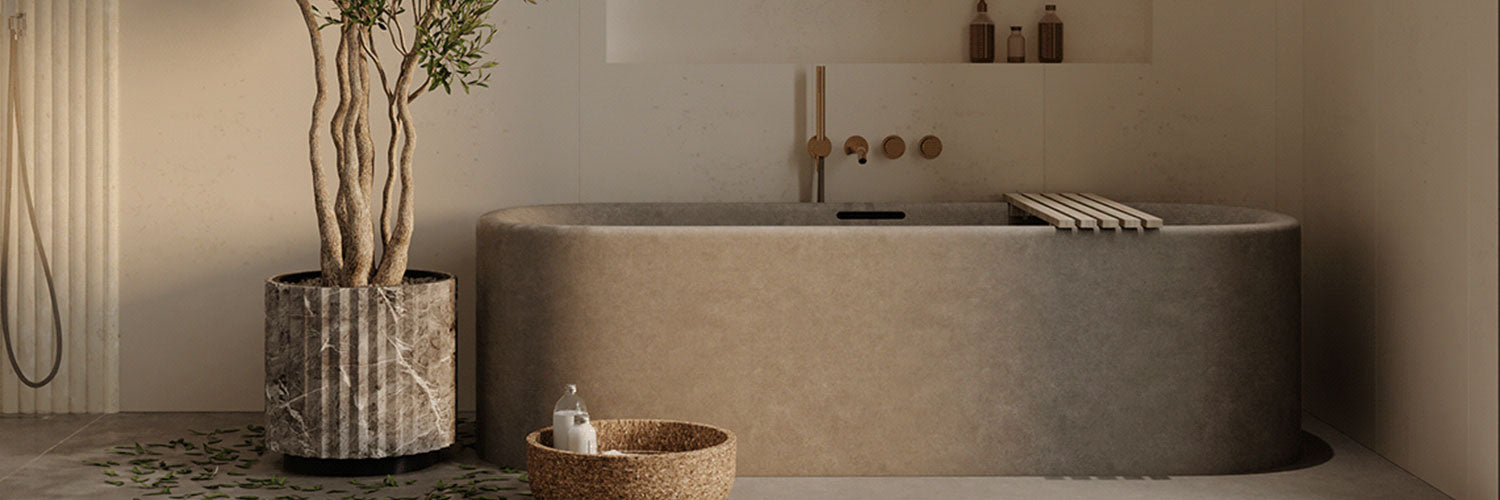
Preventive Measures to Avoid Future Faucet Leaks
Once you've fixed your dripping bathtub faucet, it's essential to take preventive measures to avoid future leaks. Here are some tips to help you maintain a leak-free faucet:
- Regularly inspect and clean your faucet: Check for any signs of wear or damage, and clean the faucet regularly to remove mineral deposits and debris. This will help prevent leaks and ensure optimal performance.
- Avoid overtightening: When reassembling your faucet, be cautious not to overtighten any components. This can cause damage and lead to leaks.
- Address plumbing issues promptly: If you notice any other plumbing issues in your home, such as a running toilet or a leaking sink, address them promptly. These issues can put additional strain on your plumbing system and lead to faucet leaks.
- Soften your water: If you have hard water, consider installing a water softener. Hard water can cause mineral buildup and corrosion, leading to faucet leaks. Softening your water will help protect your fixtures and extend their lifespan.
By implementing these preventive measures, you'll reduce the likelihood of future faucet leaks and enjoy a long-lasting, leak-free bathtub faucet.
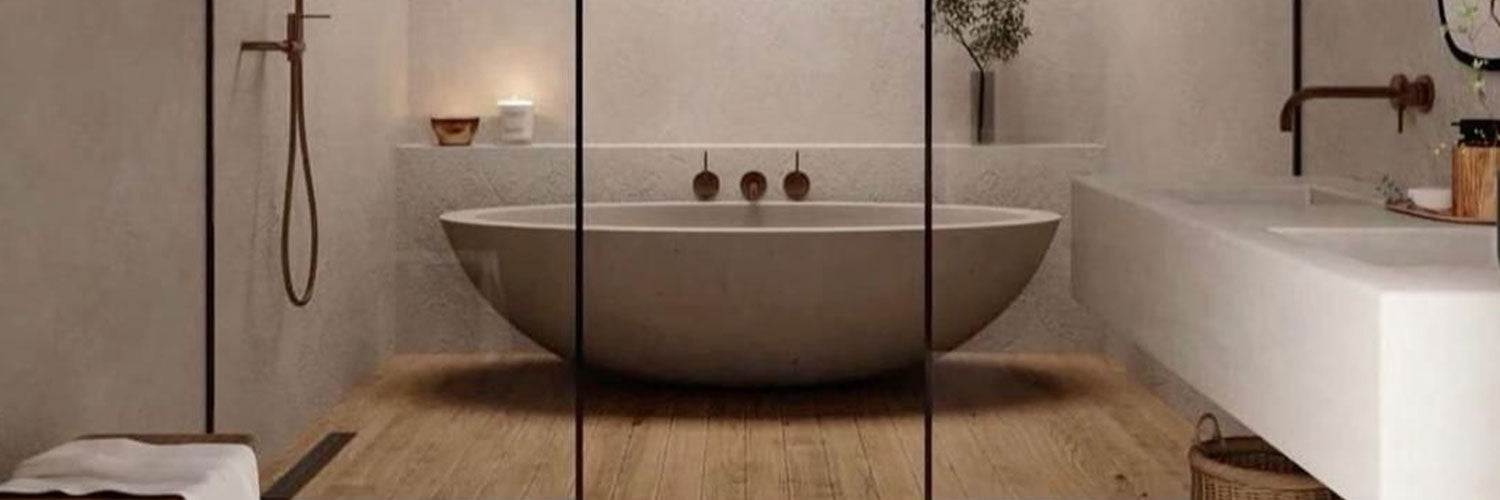
When to Call a Professional Plumber
While fixing a dripping bathtub faucet can often be done as a DIY project, there are situations where it's best to call in a professional plumber. Here are some instances when seeking professional help is recommended:
- Lack of experience or knowledge: If you're unfamiliar with plumbing repairs or don't feel confident in your abilities, it's best to leave the job to a professional. They have the expertise to diagnose and fix complex issues.
- Complex faucet design: Some faucet designs are more intricate and may require specialized tools or knowledge to repair. If you have a unique or complex faucet, it's best to consult a professional plumber.
- Persistent leaks: If you've tried troubleshooting the issue on your own but the leak persists, it's time to seek professional assistance. A plumber will have the necessary skills and equipment to identify and fix the problem.
- Home warranty coverage: If you have a home warranty that covers plumbing repairs, it's worth contacting your warranty provider. They can connect you with a qualified plumber who can fix your dripping faucet at no additional cost to you.
When in doubt, it's better to err on the side of caution and consult a professional plumber. They'll ensure that the job is done correctly and help you avoid potential complications.
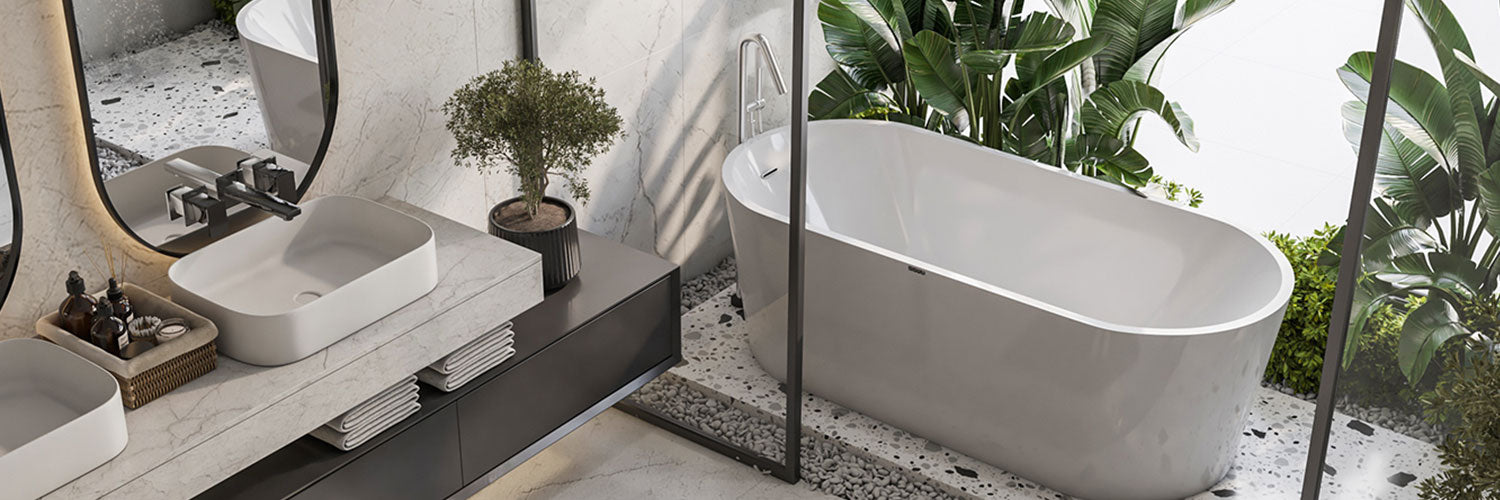
Conclusion: Take Action and Stop the Drip
A dripping bathtub faucet is not only a nuisance but also a waste of water and money. By following the step-by-step guide in this article, you now have the knowledge and confidence to fix the problem yourself. Remember to gather the necessary tools and materials, diagnose the issue, and replace any worn-out components.
By taking action and addressing the dripping faucet, you'll not only put an end to the annoying sound but also contribute to water conservation efforts and save money on your water bills. So, don't let the drip continue – take charge, fix your bathtub faucet, and enjoy the benefits of a leak-free fixture. Your wallet and the environment will thank you.
Now, grab your tools, get to work, and say goodbye to the drip for good!
